Last Saturday, October 10, 2015, was the one-year anniversary of President Obama’s declaration of the San Gabriel Mountains National Monument. Since that was a holiday weekend, and they didn’t want to impact Forest visitors, the official celebration by the Forest Service was held today, Friday October 16, 2015.
Dignitaries, partners, volunteers, and invited guests were bused up to the idyllic Oaks Picnic Area along the East Fork of the San Gabriel River. It was a perfect location for the celebration and a great example of how the Monument designation has brought much-needed resources and attention to our Forest. This day use area was recently renovated with a new trail to the stream, multilingual interpretive signs, new and renovated amenities and a new kiosk, trash dumpsters, and a new sign which was unveiled today. The celebration was also a call to action, and folks volunteered, putting finishing touches on the signs, painting, planting trees and grooming the new trail. Even Congresswoman Judy Chu planted a tree.
Since the Monument declaration, our Angeles National Forest seems to have changed from an afterthought to a national priority within the Forest Service. We heard from Robert Bonnie, Undersecretary for the Department of Agriculture, that $3 million in new funds were appropriated this year, with another $3 million for next year. The Coke Foundation announced a $900,000 contribution. Water is an important ingredient in Coke’s products, so they understand and support the efforts to protect watersheds. Edward Belden of the National Forest Foundation announced they have exceeded their goal of raising $3 million in donations, and are now up to $3.7 million. The long-vacant staff positions recently filled, the current new job openings, new Field Rangers, new Volunteer director, as well as this newly renovated picnic area are all great examples of improvements that are in the works and planned with these additional funds.
The biggest moment of the event was Congresswoman Judy Chu’s announcement that next week she will introduce a bill to expand the National Monument to include areas to the west that were inexplicably left outside the Monument boundary. Her bill will also establish a San Gabriel River unit of the National Park Service, as outlined in Alternative D of the San Gabriel River Watershed Special Resources Study. We learned of the bill a few weeks ago in a meeting with her staff, and are looking forward to seeing the final bill next week. We were pleased to hear the Congresswoman acknowledge mountain bikers alongside hikers, equestrians and OHV users as key stakeholders and supporters of the Forest and Monument.
CORBA and Forest Service Volunteers Mike and Robin McGuire were on hand to help check in the dignitaries and as the Angeles Mountainbike Patrol, are always a great ambassadors for both the Forest and for our sport. Our good friends and partners Jean Flores and Taldi Walter from REI were there, pictured below with Steve Messer (me) and Edward Beldon from the National Forest Foundation next to the newly unveiled sign. CORBA has been fortunate and grateful for the support we’ve received from REI and the grants that enabled us to help restore the Rim Trail, the Gabrielino Trail, and the Strawberry Peak trail.
We were introduced to the new Field Rangers, now patrolling the most heavily impacted areas to help educate the public and assist with maintenance. Our new volunteer coordinator Chris Fabbro was there with works from the Artists In Residence program. Supervisor Jeffrey Vail gave a laundry list of improvements since the declaration, and stressed the important roll we all play as partners, volunteers and stewards of the trails and our public lands. Regional Forester Randy Moore was on hand. Mary Wagner, Associate Forest Service Chief made it clear that this Forest and Monument has come to the forefront of their attention. Cliff Hanlon, of the San Gabriel Valley Chambers of Commerce spoke on behalf of the Community Collaborative, on which I’m participating, and our efforts to bring diverse perspectives and interests together to help inform Forest Service decisions. We had students from the San Gabriel Valley Youth Conservation Corps talk about how involvement in the Monument has changed their lives.
The speeches all had a common theme. The Monument designation is making a difference, despite what the LA Times claimed (a story which was well-refuted by Modern Hiker). Over the course of the next two years, the management plan and transportation plan will be developed. But some improvements don’t need to wait for that, and we’re already seeing changes. Although the changes are not coming as fast as some would like, it definitely feels good to have something to celebrate just one year in.
More photos below (click More), and a complete gallery at http://photos.corbamtb.com/2015-Photos/Events/2015-10-16-San-Gabriel/



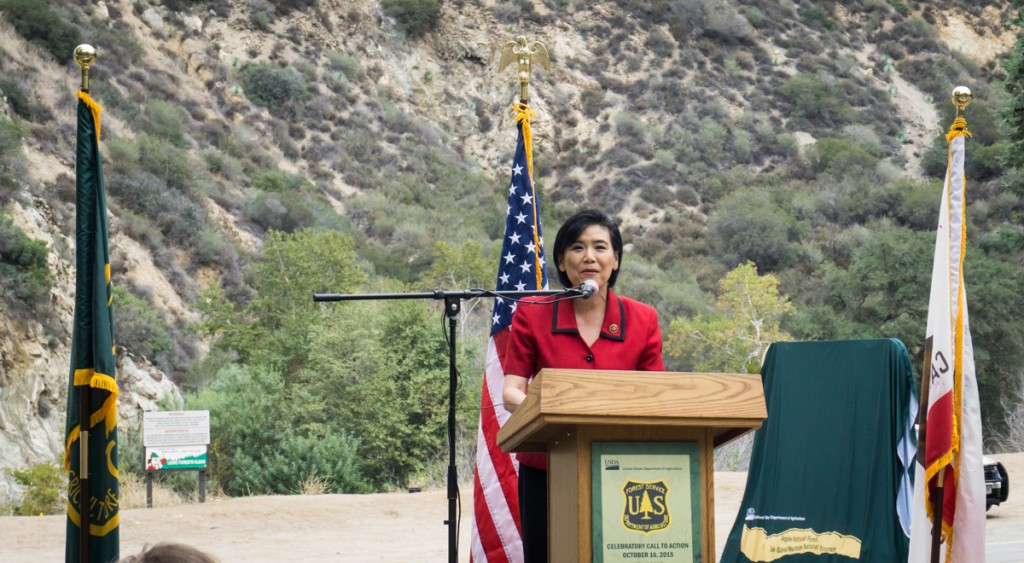
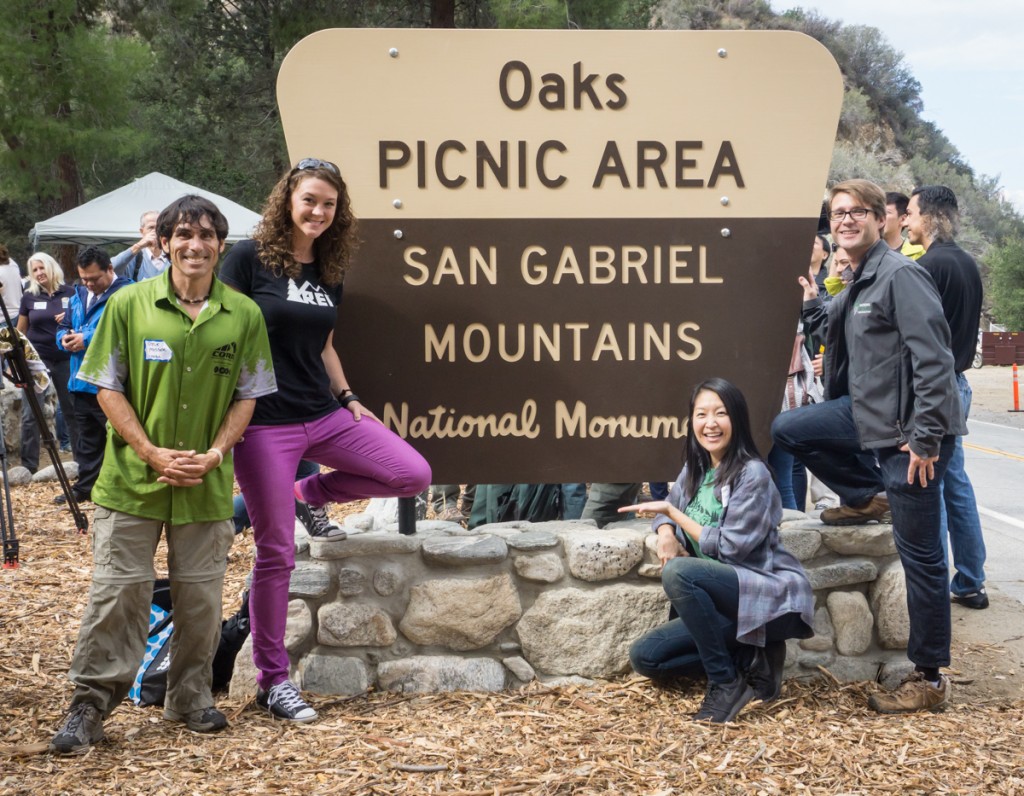
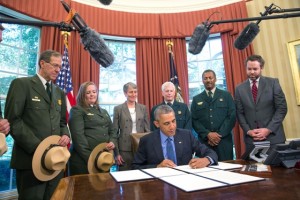
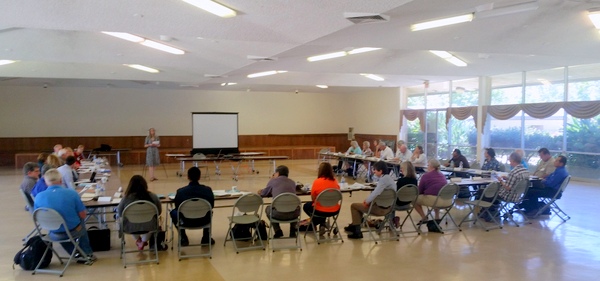
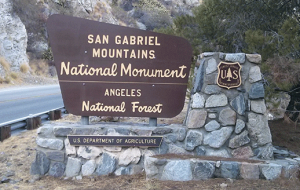
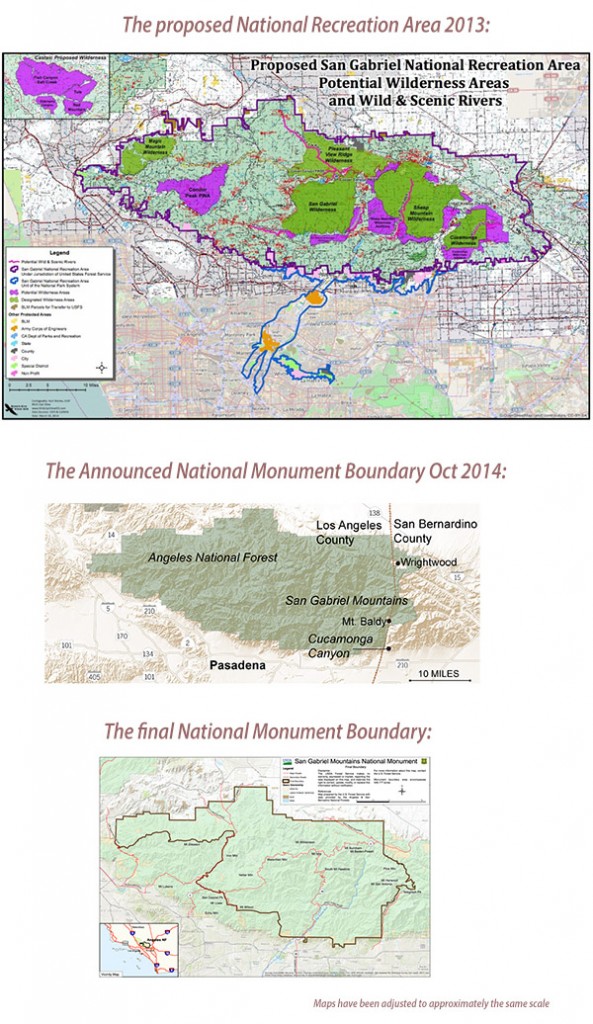 More money is coming for projects. Tentative plans include funding for ongoing and new restoration and redevelopment programs, removal of invasive species, funding of youth employment programs, hiring of paid personnel for the Visitors Centers and the development of a “Field Ranger” program. They will be filling the visitor center positions by hiring recently returned veterans as part of a post-military service job placement program. Some of those will be on the ground by Memorial Day.
More money is coming for projects. Tentative plans include funding for ongoing and new restoration and redevelopment programs, removal of invasive species, funding of youth employment programs, hiring of paid personnel for the Visitors Centers and the development of a “Field Ranger” program. They will be filling the visitor center positions by hiring recently returned veterans as part of a post-military service job placement program. Some of those will be on the ground by Memorial Day.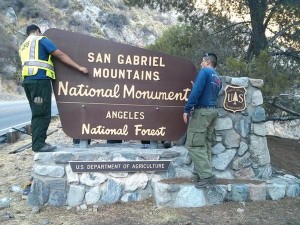 Since this was the first meeting of the full collaborative group, most of the day was spent going over and refining the draft documents that the steering committee had prepared. This included the guiding documents for the Collaborative, the Statement of Purpose, the Goals and the Code of Conduct. There was a lot of similar discussions to those the steering committee had already had, but these new points of view raised some issues that weren’t well-covered in our draft. We refined the documents and by day’s end, the group had formally ratified and adopted them.
Since this was the first meeting of the full collaborative group, most of the day was spent going over and refining the draft documents that the steering committee had prepared. This included the guiding documents for the Collaborative, the Statement of Purpose, the Goals and the Code of Conduct. There was a lot of similar discussions to those the steering committee had already had, but these new points of view raised some issues that weren’t well-covered in our draft. We refined the documents and by day’s end, the group had formally ratified and adopted them.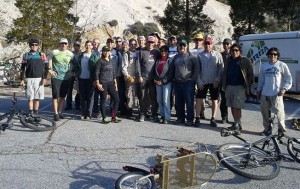
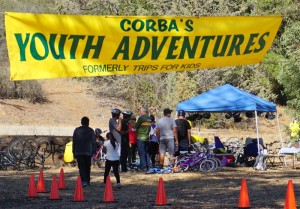

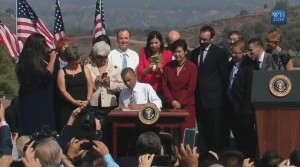
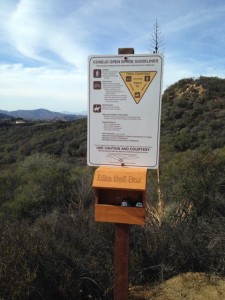
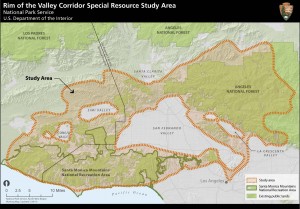

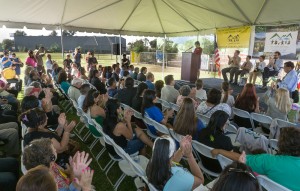


San Gabriel Mountains National Monument Management Plan Comments
Tuesday, August 11th, 2015As members of the San Gabriel Mountains National Monument Community Collaborative, we have also signed the consensus comments submitted by the Collaborative group, which we helped develop.
These are an important milestone in the development of a management plan for our new National Monument. The Presidential Proclamation directed the Forest Service to develop a management plan within three years. Most management plans take longer than that to develop, but the Forest Service’s approach to amend the current plan should allow them to complete the plan within the alotted time frame. We were pleased that the Forest Service extended the current comment period to allow for more thoughtful comments.
We were in general agreement with most of the findings of the “Need to Change” analysis, which stated specifically that the existing Forest Plan guidance on Recreation Management did not need to change. However, the Proclamation calls for the development of a Transportation Plan, which could impact recreational trail management. Accordingly, we commented on the need to develop a transportation plan for the entire Forest, both to improve recreational opportunities and to protect the resources of the Forest.
It is now up to the Forest Service to take into consideration all of the comments submitted, and their own analysis to develop a draft Environmental Assessment and Monument Management Plan. We expect that draft to be available for public review in spring, 2016.
Until that time, we’ll continue to work with the Forest Service on project-level issues including trail maintenance and restoration, in accordance with our existing partnership and volunteer agreements.
Comment PDF: 2015-08-11 – CORBA and MWBA SGMNM Need to Change Comments
Tags:Management Planning, Public Comments, Trail Plan
Posted in Angeles National Forest, Environment, San Gabriel Mountains, San Gabriels National Monument, Trail Access | 1 Comment »